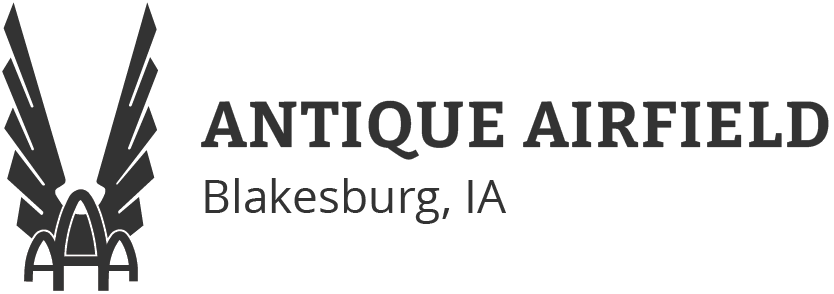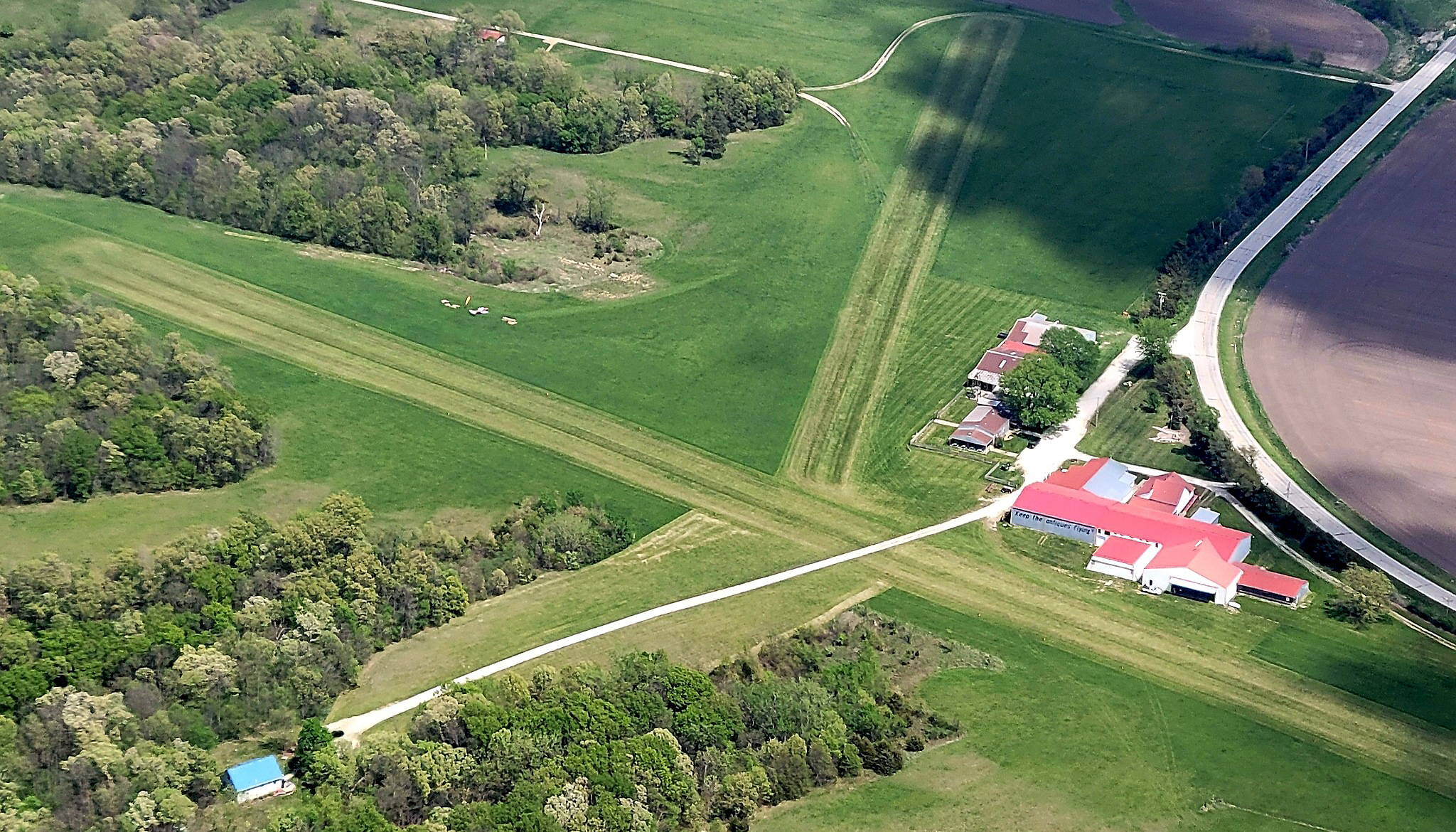As one of the founders and currently the Chairman of the Board of the Airpower Museum, Inc., I try to spend as many weekends as possible as an APM volunteer.
This includes the development of the exhibits and often involves showing visitors around the approximately 20,000 sq. ft. of display areas and the APM “Library of Flight”. When such visits conclude we are now and then questioned about the buildings across the street with the Antique Airplane Association sign in front of the AAA, Inc. office.
While the AAA/APM are definitely part of a common perception that they might be one and the same organization, they are not legally or financially interconnected.
The AAA, Inc. was formed in August of 1953 by Robert L. Taylor, via a classified ad in Flying magazine. This was during the same year that the EAA was formed by Paul Poberezny and organized for the “backyard airplane builders” as per his first newsletter, which has brought major changes to sport aviation in the past 54 years. The Antique and Classic Division of the EAA, now Vintage Airplane Association, however, was not organized until 1971 some 17 years later. The AAA was formed prior to all other historical aviation groups such including the Confederate Air Force (now Commemorative Air Force), the American Aviation Historical Society, The OX-5 Club and WWI Aero, that are still in operation. A long list of aspiring historical aviation groups and publications have come and since disappeared during the past 54 years. The AAA, Inc. was and still is the world’s oldest antique airplane association. The early AAA of the late 50s was incorporated by the late Ken Cook, who was the AAA vice president and published a new version of the AAA News, which he later renamed the American Airman magazine. He withdrew from his involvement with the AAA in 1961. In 1970 the AAA Board of Directors approved the changes needed to be chartered as a State of Iowa non-profit corporation. It has operated under this status since that time.
For several years prior to this some AAA Board members had suggested adding an air museum to our goals and agenda. In 1964 this turned to reality which required action when the University of Iowa donated several aircraft engines from its discontinued aeronautical engineering program. This led to making an application for I.R.S. 501-c-3 status that was approved in 1965 for the Airpower Museum, Inc.
While many similar 501-c-3 organizations, including several AAA Chapters, have been so chartered since then, it is not well known that such a determination by the I.R.S. includes a provision that such organizations cannot be involved in political action activities. This was one of the factors of several that dissuaded the AAA Board from making it into a singular organization that would have required that the AAA, Inc. refrain from political expression in the areas of FAA regulations. At the present time the AAA, Inc. is very involved in the Approved Type Certificate “abandoned status” proposal by the FAA.
It also seemed obvious that to have two organizations both competing for the same base of donors would be a source of friction for two separate Boards. As a result any donations to the AAA have always been passed on to the Airpower Museum, Inc. Another concern was the prohibition for the possible use of such a joint organization in the use of its publications, meetings, et cetera, being used as a means to influence any changes or involvement into FAA regulations proposed by the FAA. So during the past 52 years the AAA/APM have continued to work for the common cause of historical aviation but via separate Board of Directors, property and financial accountability.
The APM owns 30 acres on Antique Airfield including the south half of the north/south runway. Its three hangars, the annex and library are all on this property. The APM is exempt from real estate taxes and Iowa sales tax. There are no liens or mortgages on any of the APM land or facilities.
The balance of Antique Airfield of approximately 150 acres was purchased by Robert L. Taylor in 1969. The AAA, Inc. owns no real estate and the two hangars and AAA office buildings were built and are owned by Robert L. Taylor. All real estate taxes on this part of Antique Airfield are paid by Robert L. Taylor. Again there are no liens or mortgages on this portion of Antique Airfield.
The yearly maintenance of the Airfield properties of both the APM and RLT properties used to host the Annual AAA/APM Fly-In are paid from the AAA/APM Fly-In proceeds. The APM has no paid staff nor do any of the officers or APM Board members receive any remuneration for their services.
Any person so interested may request a copy of the I.R.S. Form 990, which is the annual return of the APM, direct from the APM, 22001 Bluegrass Road, Ottumwa, IA 52501.
Our most recent AAA/APM 2007 Fly-In cost $17,996.03 to plan, develop and carry out along with the loyal support of a small but dedicated group of volunteers. It isn’t listed as a major Fly-In by any aviation publication nor do we pay out any sums for advertising to build attendance. We avoid phony claims to “Have It All” but we must have something special going that keeps those rare aircraft, the great pilots and loyal members returning each year to Antique Airfield to relive aviation history in an authentic atmosphere.
Historic aviation now offers many venues and organizations. All contribute in some ways to the ongoing search for the restorations, maintenance and safe keeping of many forms of aviation history. The judgment of just who and where “Keeping the antiques flying” is best served will be determined primarily by those actually owning, restoring and flying genuine types of antique and classic aircraft. Those who support such movements with their dues, volunteer labor, photos, articles and good will are also important ingredients for the future.
Our best wishes for all involved in historic aviation activities during 2008.

